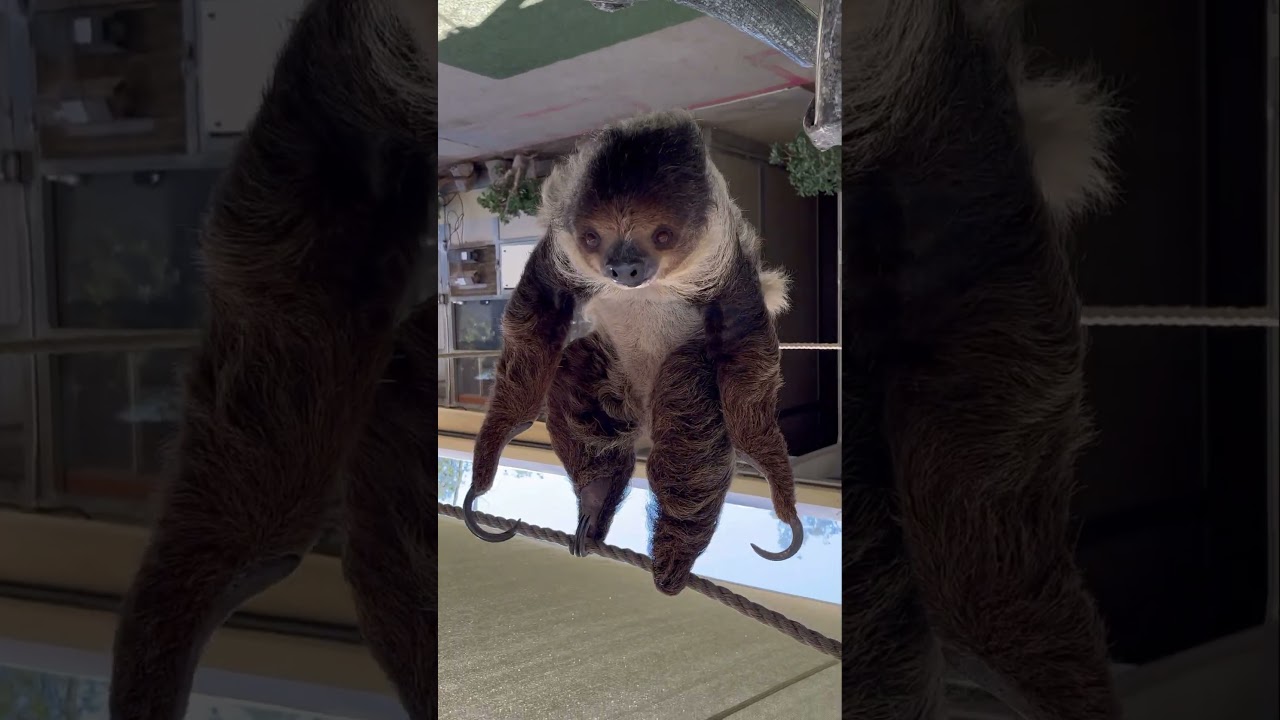– Discovery of a new behavioral pattern in a species at the San Diego Zoo Safari Park
– Implications of the discovery for wildlife conservation and zoo management
– Technological advancements that enabled the groundbreaking discovery at the Safari Park
– The role of zoos in education and bridging the gap between humans and wildlife
– Challenges and future perspectives for species conservation in the wake of this discovery
The San Diego Zoo Safari Park stands as a beacon in wildlife conservation and research, often making strides in our understanding of myriad species. Recently, observers at the Park witnessed a behavioral pattern previously undocumented in a particular species, shedding light on the adaptability and complex social dynamics of wildlife under managed care. This discovery is not merely a testament to the attentive care and observation standards at the Safari Park but also underscores the critical role of zoological establishments in fostering scientific breakthroughs.
Researchers documented a series of interactions within the pen of one of the Park’s most charismatic inhabitants, hinting at previously unknown social structures. This revelation prompts a reevaluation of what is known about the species, indicating that even in controlled environments, animals can exhibit behaviors that closely mirror or diverge from what would be expected in the wild.
This new insight is pivotal for wildlife conservation efforts. By understanding animal behavior in greater depth, conservationists can fine-tune their strategies for reintroduction programs, habitat management, and inter-species interactions. Each behavior observed and recorded enriches the reservoir of knowledge that aids in drafting informed conservation policies, which may increase the survival prospects of endangered species both in captivity and in their native habitats.
Technological advancements in video capture and monitoring have played an integral role in revealing these nuances in animal behavior. Innovations such as high-definition cameras, remote sensing devices, and data analytics software have given scientists the tools to observe and analyze animal behaviors with unprecedented detail and accuracy. Researchers at the Safari Park leveraged these technological tools to detect, record, and interpret the subtle complexities of the species’ interactions.
The observed behaviors at the San Diego Zoo Safari Park also highlight the importance of zoos in educational efforts. By providing a window into the lives of animals, zoos create immersive experiences that cultivate an appreciation for the natural world. They serve as living laboratories where visitors can witness the wonders of biodiversity firsthand. As such, zoos play an indispensable role in raising awareness about the importance of protecting wildlife, and this recent discovery only amplifies their contribution to environmental education.
Moreover, this discovery emphasizes the significance of zoo management in shaping the lives of animals under their care. Effective management ensures that animals’ physical and psychological needs are met, fostering an environment where natural behaviors can thrive. Through this lens, the groundbreaking discovery at the Safari Park demonstrates the Park’s commitment to best practices in animal welfare and providing environments that closely replicate natural habitats.
Looking ahead, the challenges for species conservation are myriad. The key takeaway from the discovery at the San Diego Zoo Safari Park lies in the continuous effort to understand and adapt conservation strategies to the ever-shifting dynamics of animal behaviors and environmental threats. Amid climate change, habitat loss, and human-wildlife conflict, each piece of knowledge becomes a crucial thread in the larger tapestry of conservation efforts.
In essence, the groundbreaking discovery at the San Diego Zoo Safari Park adds a valuable chapter to the field of zoology. As scientists and conservationists work to decipher the implications of this finding, the broader public can derive inspiration from the fascinating lives of the animals that share our planet. With sustained attention to detail and an unwavering commitment to animal welfare, it is possible to witness and foster the flourishing of life within the bounds of our stewardship. Through a combined effort in science, technology, and education, the path to coexistence and preservation of the world’s diverse wildlife becomes clearer, one discovery at a time.
*****
Source Description
Wildlife care specialists at San Diego Zoo Wildlife Alliance have discovered a rare new species of sloth called Verticalus didactylus that can walk upright instead of hanging upside down. P.S. – check your calendars.
#standupsloth #theupsidedown #aprilfools #sdzsafaripark
Facebook – https://www.facebook.com/SanDiegoZoo/
Instagram – https://www.instagram.com/sandiegozoo/
Twitter – https://twitter.com/sandiegozoo
Giphy – https://giphy.com/sandiegozoo
TikTok – https://www.tiktok.com/@sandiegozoo
Twitch – https://www.twitch.tv/sandiegozoo

